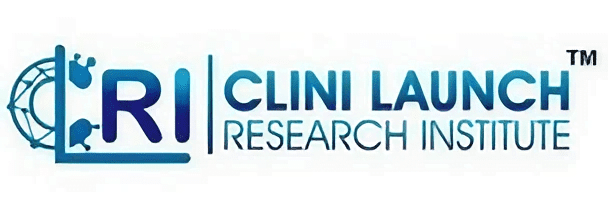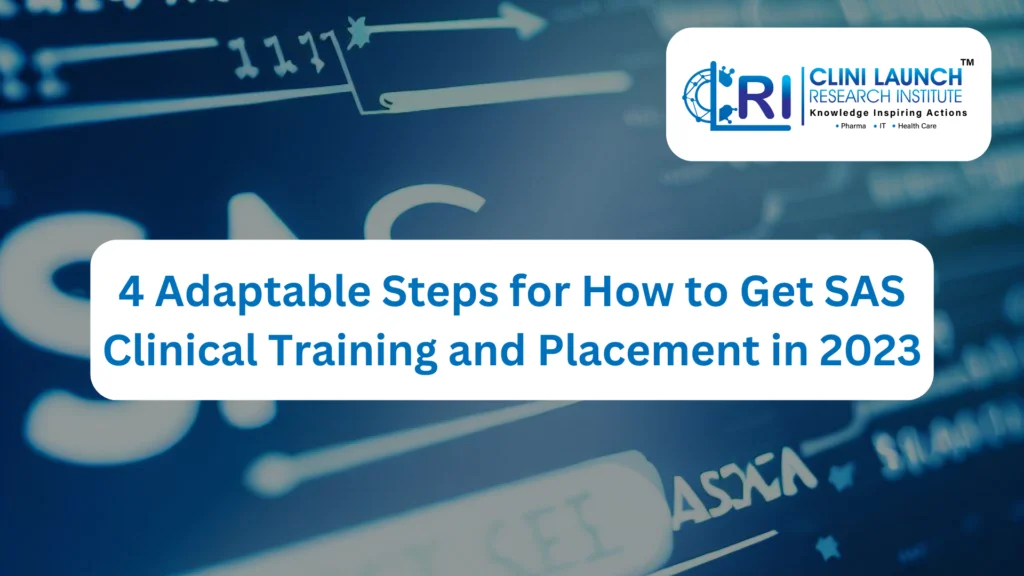SAS is a powerful software that can be used for data analysis, reporting, and visualization in various domains, including the clinical research industry. According to SAS clinical training and placement market, the global healthcare market analytics was valued at $35.4 billion in 2022. However, the healthcare market analytics industry is expected to expand its market at a CAGR (Compounded annual growth rate) of 21.3% from the year 2023 to 2030. Moreover, SAS clinical programmers are in high demand as they can help design, develop, and validate clinical trial data sets and reports compliant with regulatory standards and guidelines.
This blog will guide you in pursuing a career as a SAS clinical programmer. These are the four steps below to get SAS programming training and placement in 2023.
Step 1: Learn the basics of SAS programming
The first step to becoming a SAS clinical programmer is to learn the fundamentals of SAS programming, such as data manipulation, macro language, SQL, and report writing. You can enroll in a clinical SAS Programming training and placement course that covers these topics and prepares you for the SAS Base Programming certification exam. This exam tests your ability to import and export raw data files, manipulate and transform data, combine SAS data sets, create basic detail and summary reports using SAS procedures and programming logic errors, and identify and correct data and syntax.
Step 2: Learn the concepts and standards of clinical research
The next step is to learn the basics of clinical research theory and practice, such as the phases of clinical trials, the roles and responsibilities of different stakeholders, the types of study documents, and the ethical principles and regulations that govern clinical research. Before you proceed with the first step, you must familiarize yourself with SAS clinical training and placement cell. It would help to familiarize yourself with the Clinical Data Interchange Standards Consortium, such as SDTM (Study Data Tabulation Model) and ADaM (Analysis Data Model). These standards define how to structure, label, and document clinical data sets and metadata to ensure consistency and quality across studies.
Step 3: Apply your skills to real-world projects
The best way to master SAS clinical programming via SAS clinical training and placement is to apply your skills to real-world projects that simulate the tasks and challenges of a SAS clinical programmer. You can join a SAS training institute that offers hands-on training on study documents, CDISC standards, SDTM and ADaM programming, clinical trial reports and graphs, define.xml and reviewer’s guide creation, and more. You can also participate in mock interviews, tests, and assessments to evaluate your knowledge and skills and provide feedback and guidance.
Step 4: Get certified as a SAS Clinical Trials Programming Professional
The final step is to get certified as a SAS Clinical Trials Programming Professional by passing the Clinical SAS programming training and placement, which is the base Programming exam (which you should have already taken in Step 1) and the Clinical Trials Programming. Using SAS 9 exam tests your ability to access, manage, and transform clinical trials data; apply statistical procedures for descriptive analysis; generate tables, listings, and figures (TLFs) for clinical trials reports; validate clinical trial data reporting; use macro programming to automate programs; use SAS tools for metadata creation; use ODS statements for report generation; use graphics procedures for creating graphs; use SQL procedures for querying data; use advanced features of Base SAS software.
Following these steps, you can get clinical SAS training and job placement in 2023. You can also benefit from the placement assistance offered by Clini Launch Research Institute in Bangalore, which can help you find suitable job opportunities with top companies in the clinical research industry. According to Indeed.com, the average salary of a SAS clinical programmer in India ranges from ₹ 4.5 lakhs to ₹ nine lakhs per year, depending on the company, role, and experience.
Conclusion
Clini Launch Research Institute provides SAS training and placement programs. This blog gives you the proper information regarding SAS clinical training and placement process to help you achieve your career goals and objectives. SAS clinical programming is a rewarding career that can help you make a difference in the healthcare sector by contributing to developing new drugs and therapies. Suppose you are passionate about data analysis and want to work in a dynamic and challenging environment. In that case, choosing Clini Launch Research Institute, the best clinical research institute in Bangalore for SAS clinical training and placement programming, is the right choice.






you are in reality a just right webmaster The site loading velocity is incredible It seems that you are doing any unique trick In addition The contents are masterwork you have performed a wonderful task on this topic
I discovered this amazing website a few days back, they craft excellent content for their audience. The site owner excels at educating followers. I’m thrilled and hope they maintain their awesome work.